Top
Back
Forth
The Visual Mind
Claim: Mental Content is Visual

Wittgenstein: visual content is
essentially complex
primary (basis of
sentence understanding)
coherent (holistic,
cf. frames!)
picture
and German text from
Nyiri: "A gondolkodás képelmélete"
http://www.uniworld.hu/nyiri/ELTE_2000_conf/tlk.htm
Tristram
Shandy Paradox
Laurence Sterne:
The Life and Opinions of Tristram Shandy, Gent. (1759-67)
Sterne writes about Tristram Shandy as an individual committed
to writing an autobiography. However, he is so slow that it takes him
one year in order to complete only one day. This means that the most
recent event that could be recorded is the day that occurred one year
ago. As Shandy writes an additional day, it takes him an additional year
to complete the events of that day. Etc.
(cf. B. Russell -
http://sguthrie.net/infinity.htm
, http://members.aol.com/kiekeben/infinity.html
, etc.)
So how can we remember/represent at all? Visuality is one possible
answer. Its multi- aspect nature is contrasted with the "one-dimensional"
narrative,
cf. literal meaning of "a picture is worth a thousand words"
.
The Visual Imagery Debate in Cognitive Science
N. Goodman
Z. Pylyshyn
S. Kosslyn
J. Fodor
A. Damasio
Lawrence W. Barsalou: Perceptual Symbol Systems
(1999) Behavioral and Brain Sciences, 22, 577-609.
(
http://cogprints.ecs.soton.ac.uk/bbs/Archive/bbs.barsalou.html
)
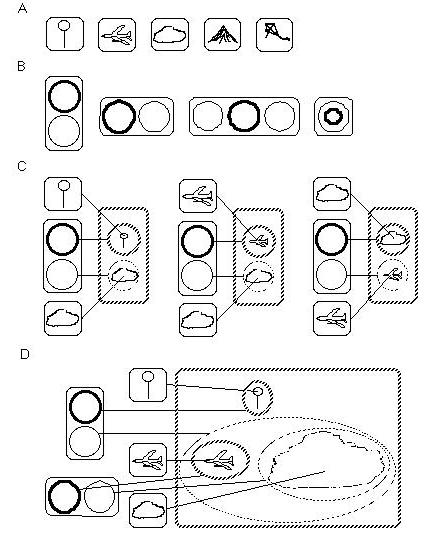
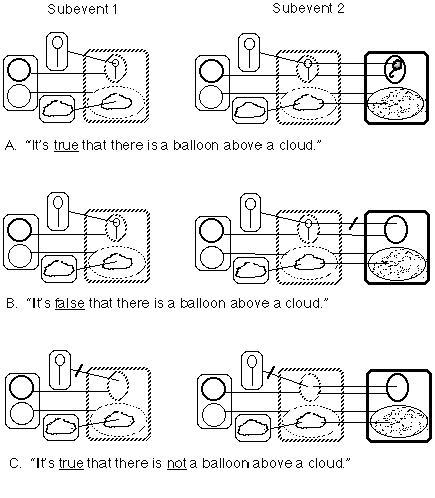
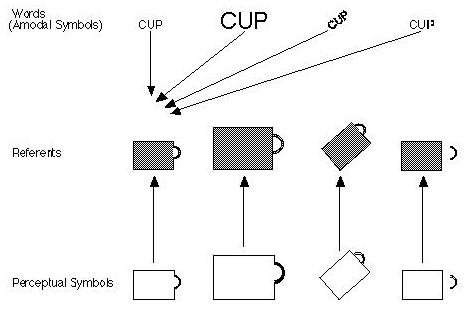
Evidence for Visual Representation/Thinking
from
problem solving
from
creativity studies
(from visual
logic
)
from communication studies (e.g. gesturing is effort
saving)
from autism studies
from neuroscience (e.g. studies on blinds)
from embodiment, developmental
psychology, and cognitive linguistics (!!)
Are There Really Pictures in the Mind?
No --
this is most likely just a consciousness
trap, or a mistake from the first person's authority (see our
Cartesian Page
)
E.g. Dennett, D.C: Consciousness Explained
Consciousness is an epiphenomenal end product of
heterogenous cognitive processes that have multiple focus (foci).
Timing issues: Readiness Potential, Kornhuber
(1964 ) - start of motoric action and conscious detection cca.
coincide
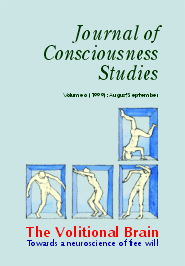
Volume 6, Issue 8-9
August-September 1999
The Volitional Brain: Towards a Neuroscience of
Free Will
Edited by Benjamin Libet, Anthony Freeman and Keith
Sutherland
Do We Have Free Will?
Libet B. Department of Physiology, University of California,
San Francisco, San Francisco, CA 94143-0444, USA
Abstract
"I have taken an experimental approach to this question.
Freely voluntary acts are preceded by a specific electrical change in
the brain (the 'readiness potential', RP) that begins 550 ms before
the act. Human subjects became aware of intention to act 350-400 ms after
RP starts, but 200 ms. before the motor act. The volitional process is
therefore initiated unconsciously. But the conscious function could still
control the outcome; it can veto the act. Free will is therefore not excluded.
These findings put constraints on views of how free will may operate; it
would not initiate a voluntary act but it could control performance of
the act. The findings also affect views of guilt and responsibility. But
the deeper question still remains: Are freely voluntary acts subject to
macro-deterministic laws or can they appear without such constraints, non-determined
by natural laws and 'truly free'? I shall present an experimentalist view
about these fundamental philosophical opposites. "
Brief Summary so Far
Contrary to
mainstream cognitive science
philosophy of psychology
philosophy of mind
philosophy of science
classical ethology
much of current AI
I am suggesting a picture of the mind (mental content,
knowledge...)
which is based on
- mental objects
- not propositional
- active or automatic (self-executing, e.g. without consciousness)
- appear visually in experience.
The Next Step: Mental Models
(Main Point)
(After W. Sellars, P.N. Johnson-Laird et al)
http://www.tcd.ie/Psychology/Ruth_Byrne/mental_models/index.html
Mental functions are based on theoretical entitites called
mental models .
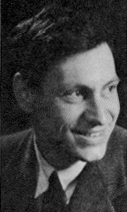
Kenneth Craik
(1914 - 1945)
The idea that people rely on mental models can be traced
back to Kenneth Craik’s suggestion in 1943 that the mind constructs "small-scale
models" of reality that it uses to anticipate events. Mental models can
be constructed from perception, imagination, or the comprehension of discourse.
They underlie visual images, but they can also be abstract, representing
situations that cannot be visualised. Each mental model represents a possibility.
Mental models are akin to architects' models or to physicists' diagrams
in that their structure is analogous to the structure of the situation that
they represent, unlike, say, the structure of logical forms used in formal
rule theories. In this respect they are a little like pictures in the "picture"
theory of language described by Ludwig Wittgenstein in 1922.
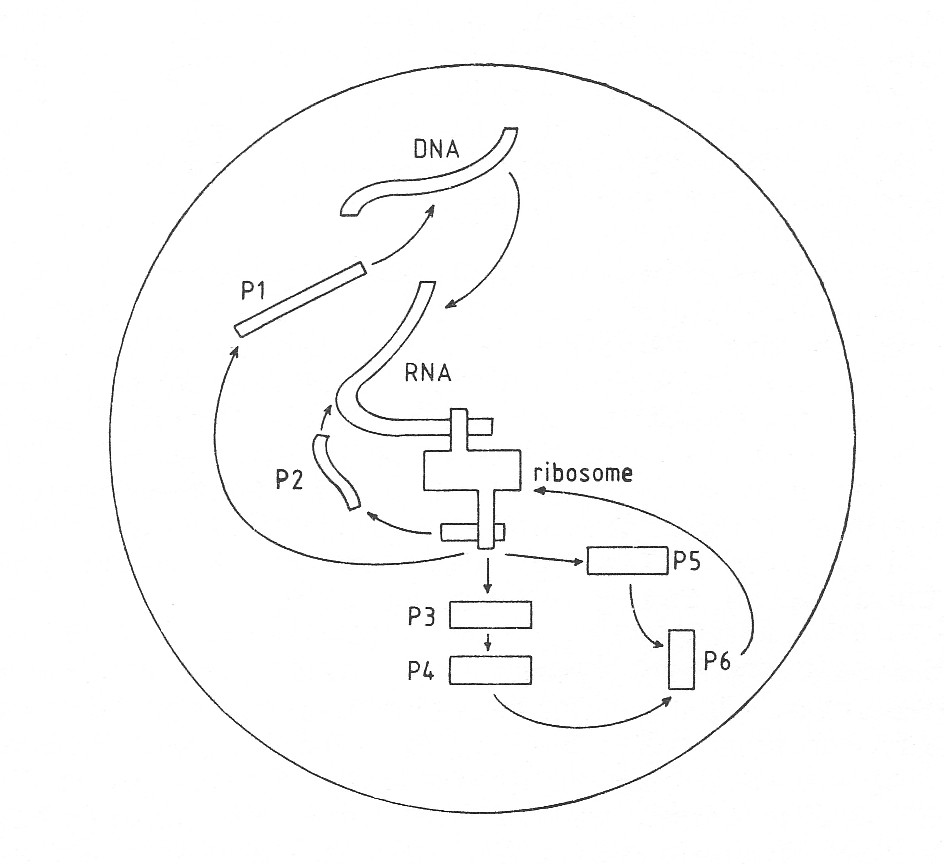
A Still Better Metaphor: Chemistry of the Mind
mental models are:
non-semantically individuated
semi-persistent
causal
contextually, or relationally defined
integrative (--> come back to this)
from Kampis: Self-Modifying
Systems
(1991), Pergamon, Oxford.
More....
(This was just an overview in keywords;
as part of a detective story,
my interest on several elements and aspects:
intentionality
agency
propositions
representation
anti-essentialism
mental logic
causality






